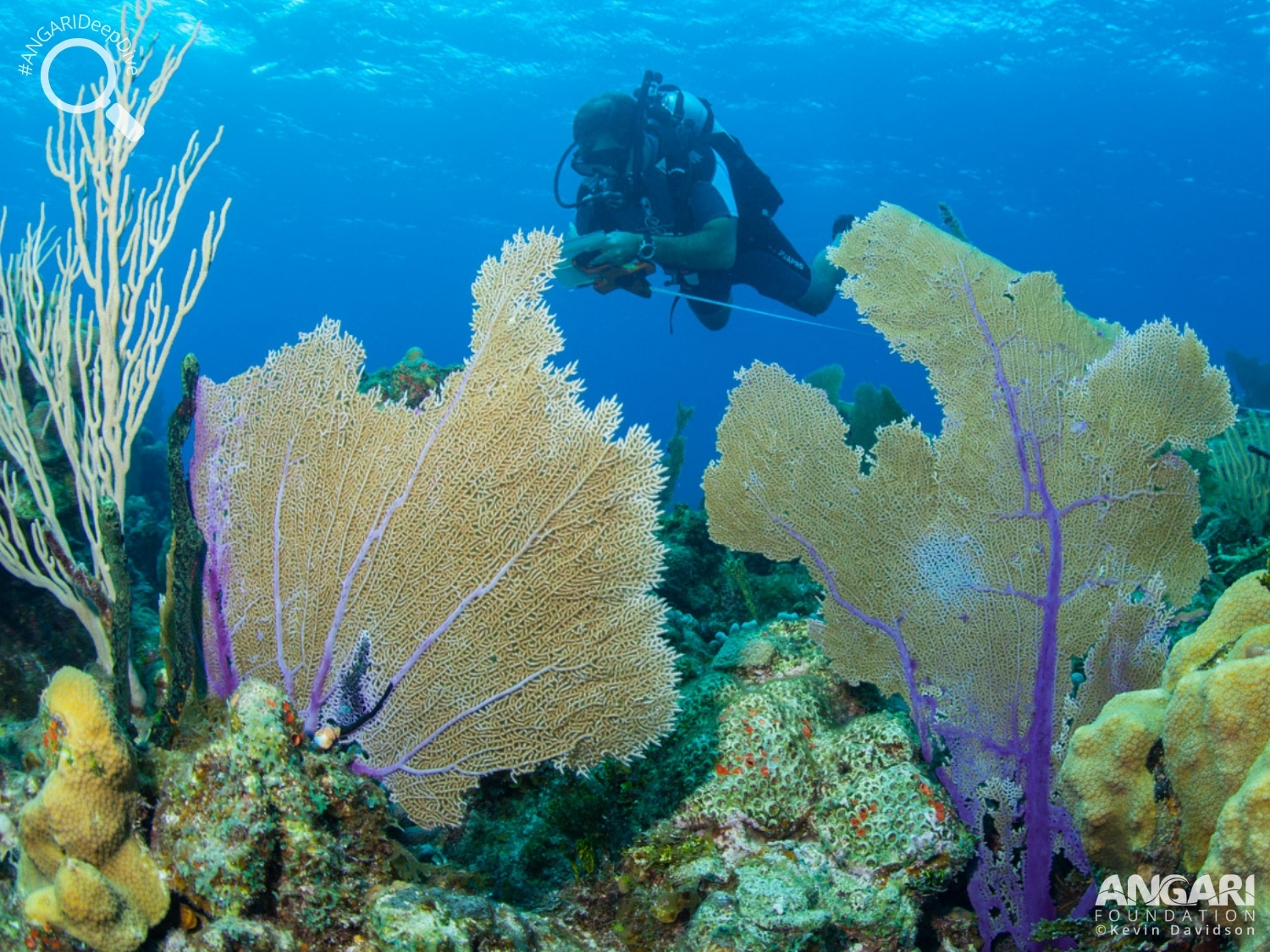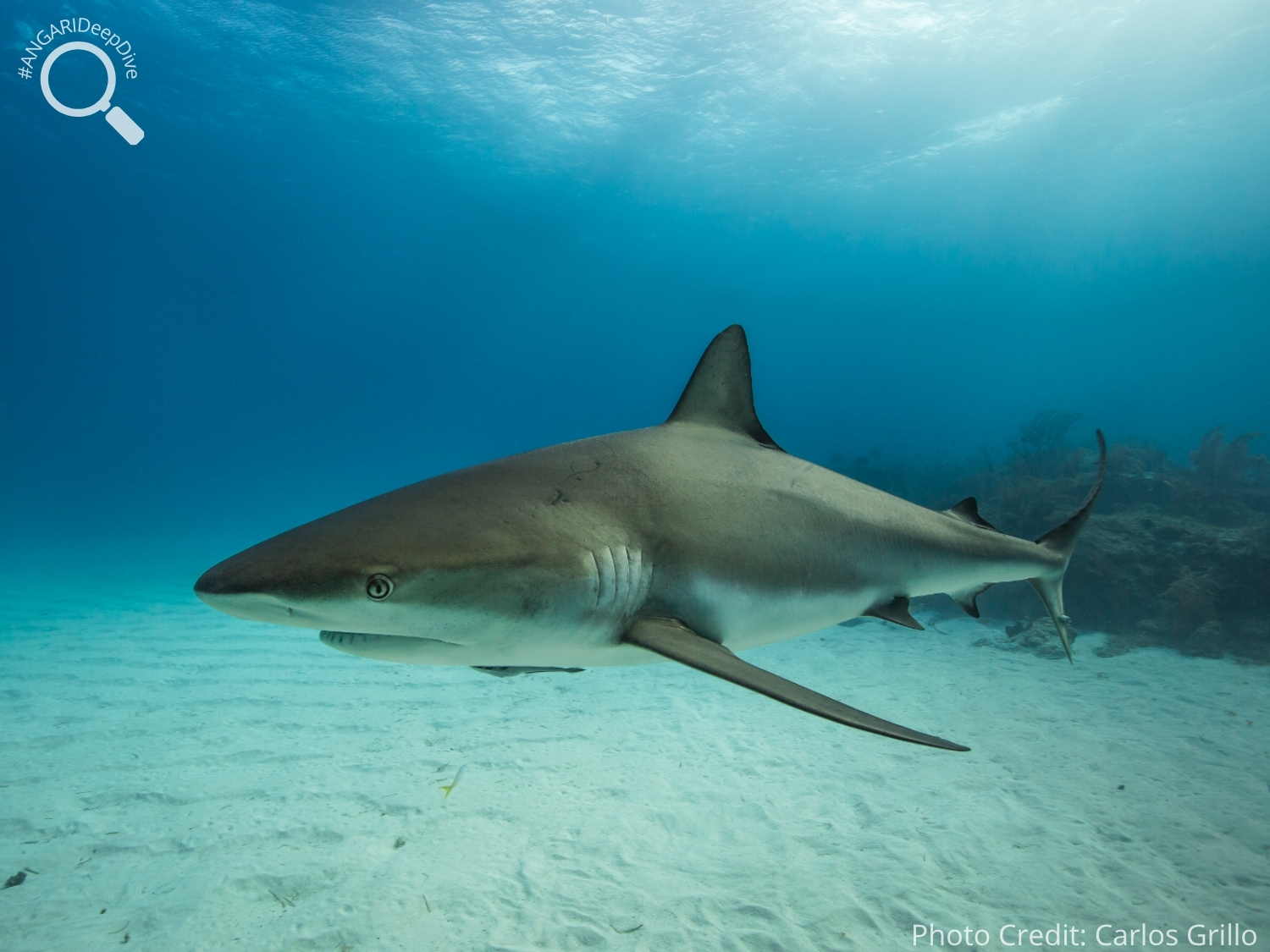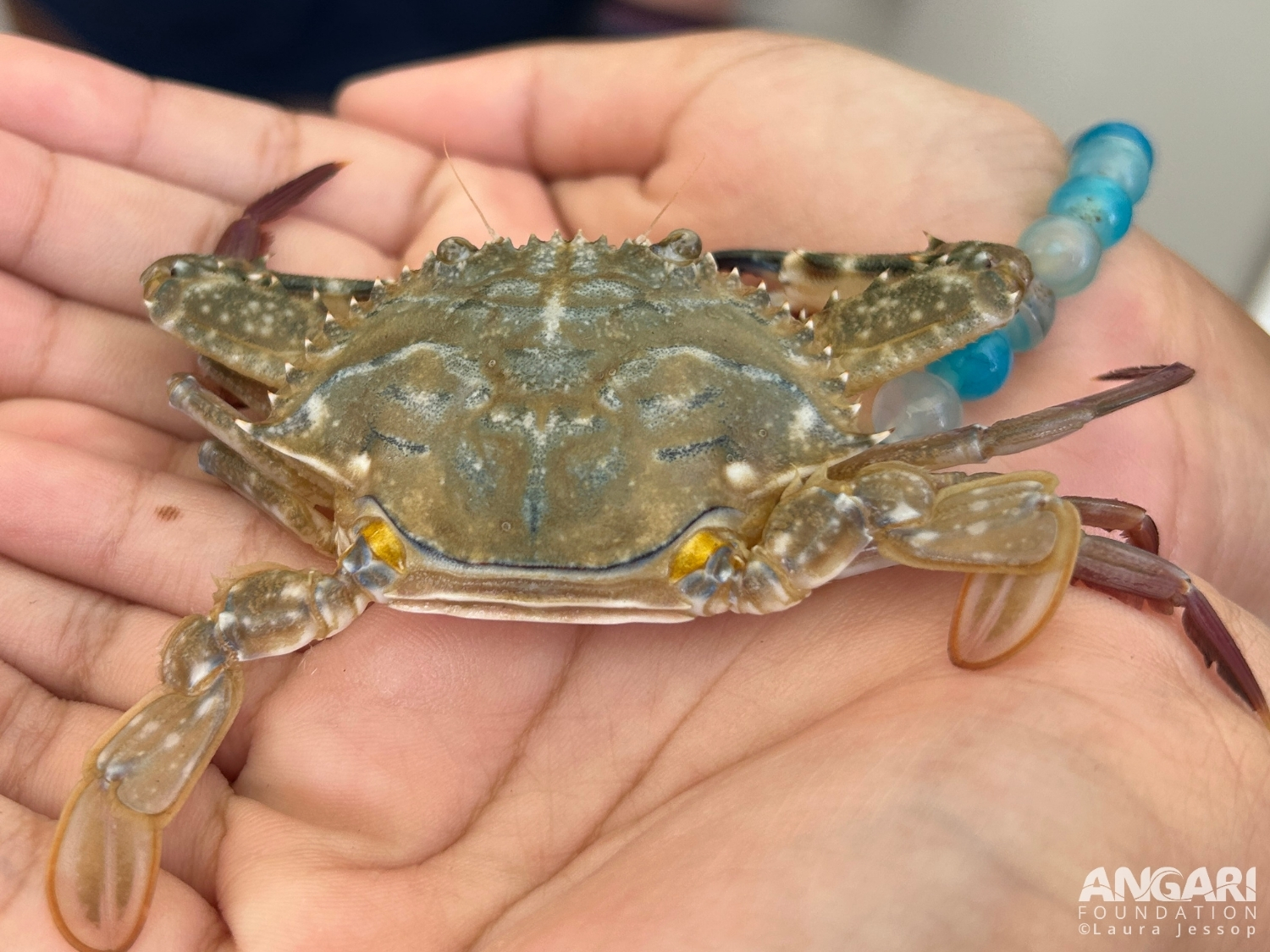Common sea fans are commonly found on coral reefs and can be identified by their purple tissue.
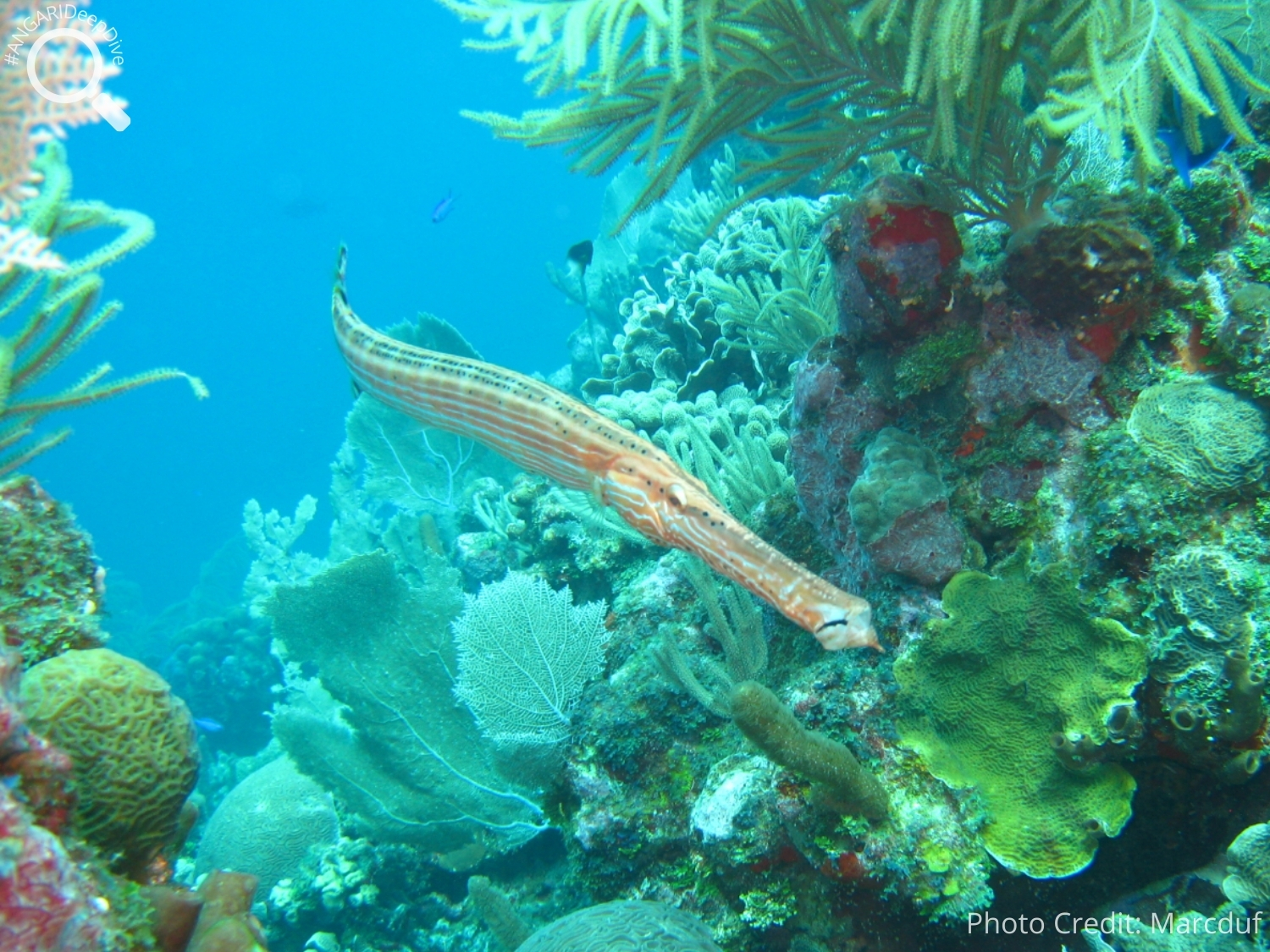
West Atlantic Trumpetfish (Aulostomus maculatus)
The West Atlantic trumpetfish (Aulostomus maculatus) is a species of trumpetfish commonly found in the tropical areas of the Atlantic Ocean, from Florida down to Brazil, and in the Gulf of Mexico. With a snout that looks like a trumpet, this makes its name fit perfectly. Read on for more great facts on the West Atlantic trumpetfish!
#1: Do you know what the West Atlantic trumpetfish looks like?
West Atlantic trumpetfish have long and narrow bodies and can grow up to 2 to 3 feet long. They have a long snout with a large mouth, which is where they get the name “trumpetfish”. They are a variety of colors, but most commonly found to be reddish-brown or grey with dark spots and light stripes.
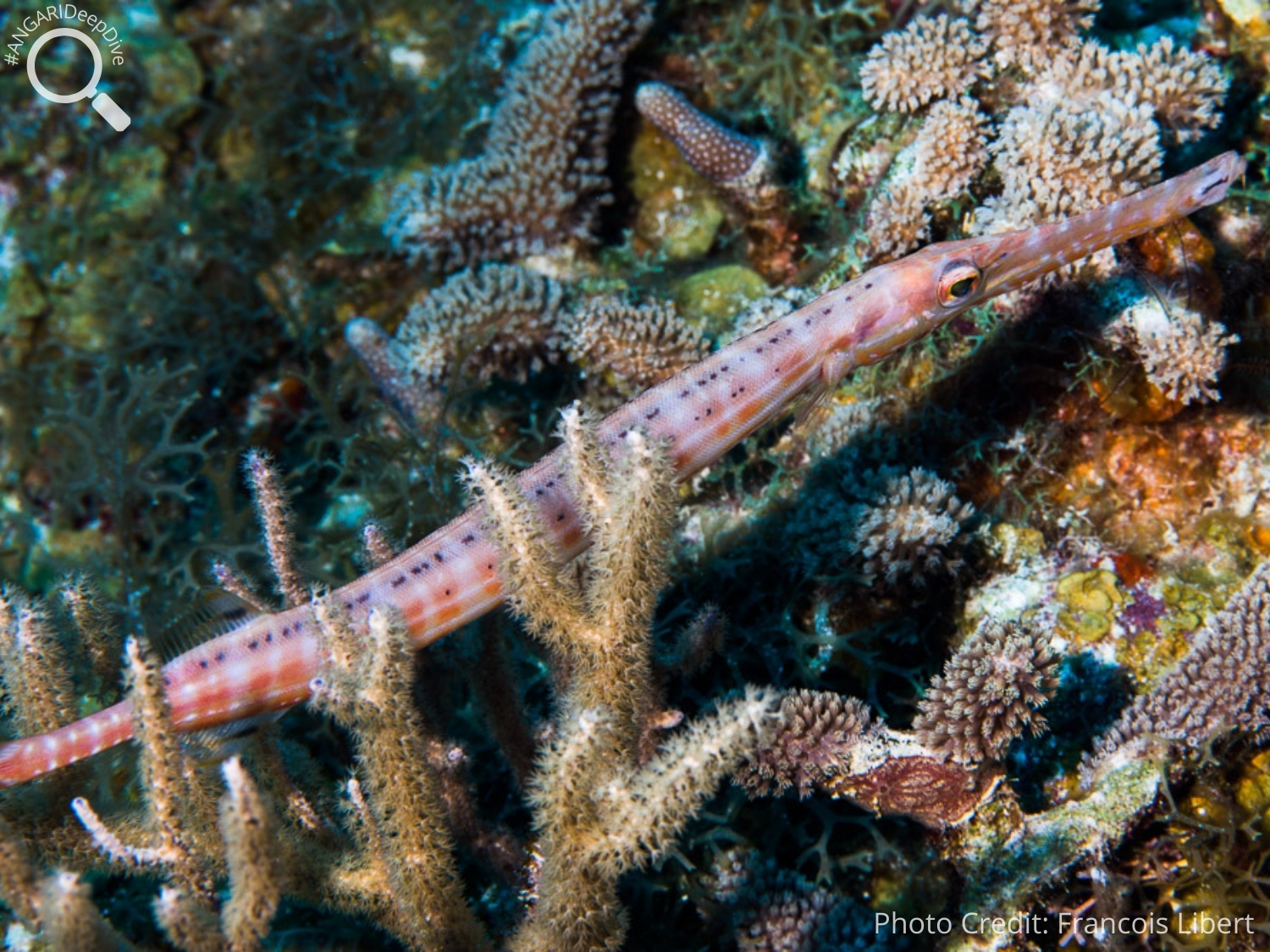
#2: Where can you find the West Atlantic trumpetfish?
You can find the West Atlantic trumpetfish in shallow coastal waters, typically in coral reefs or seagrass beds. There are three different species of trumpetfish that live in similar habitats around the world, but the West Atlantic trumpetfish is found from South Florida to South America.
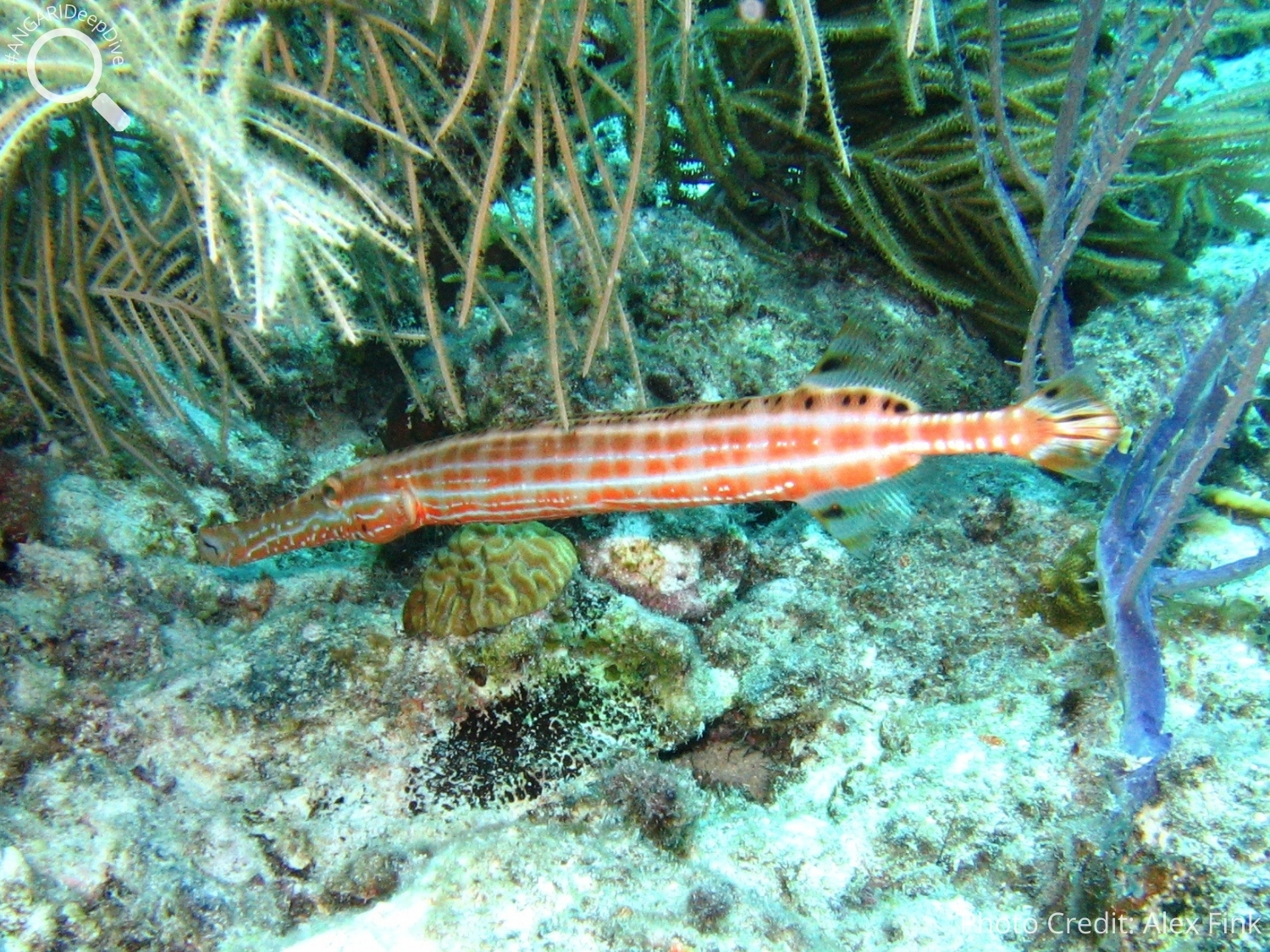
#3: What does the West Atlantic trumpetfish eat?
West Atlantic trumpetfish are carnivores that eat small fish and crustaceans by sucking them whole into their mouths. The rapid opening of their mouth helps to suction these small organisms into the trumpetfish’s mouth when they get too close.
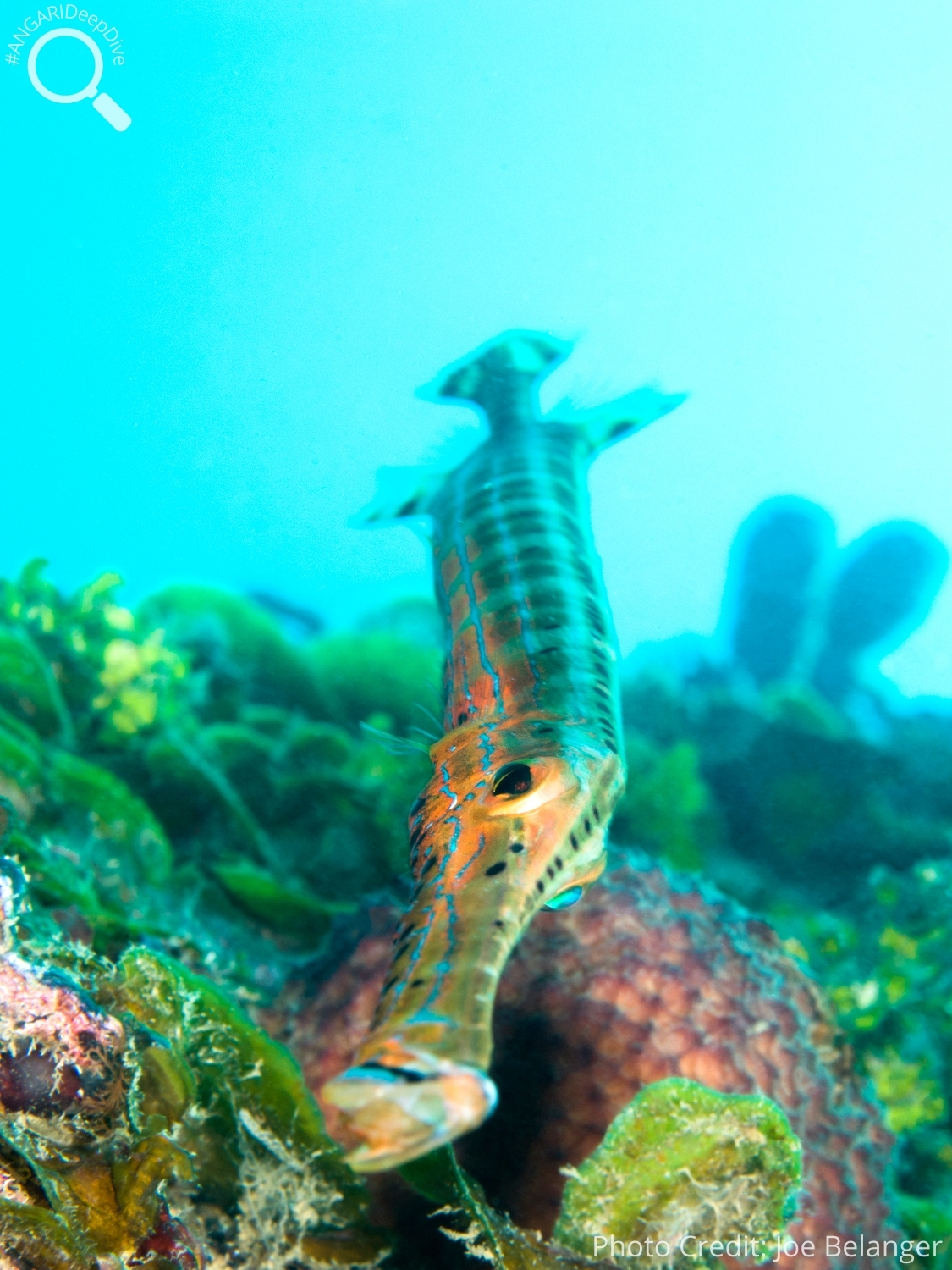
#4: West Atlantic trumpetfish dance!
Did you know West Atlantic trumpetfish dance? The West Atlantic trumpetfish attract mates with elaborate “dances” close to the ocean surface. While dancing they also have the ability to rapidly change colors using specialized cells called chromatophores.
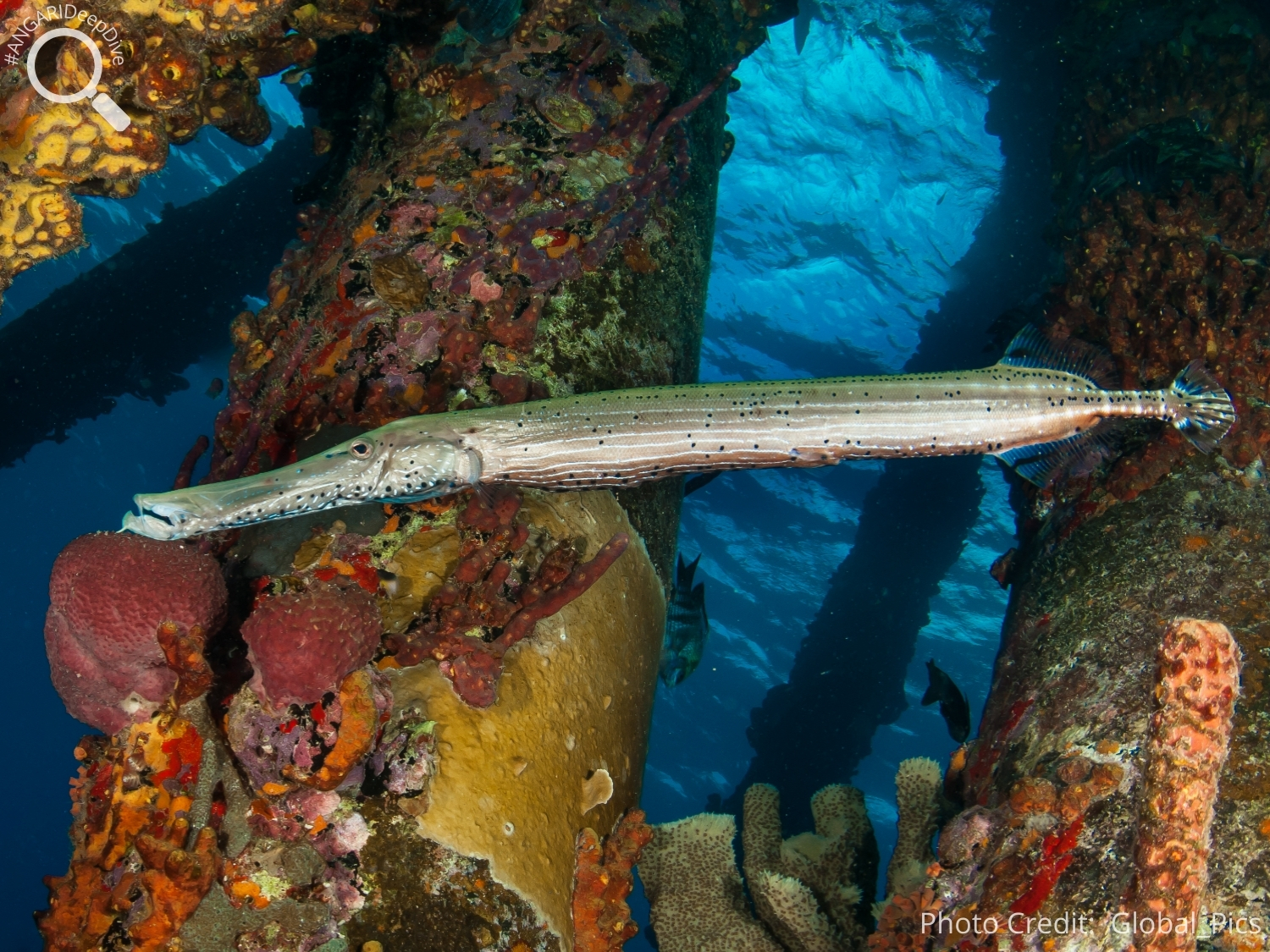
#5: How does a West Atlantic trumpetfish hunt?
West Atlantic trumpetfish are ambush predators that hide from prey by one of two ways. Their first method is by swimming behind larger herbivorous fish and the other method is to rest vertically and change colors to blend in with their surroundings to surprise their prey.
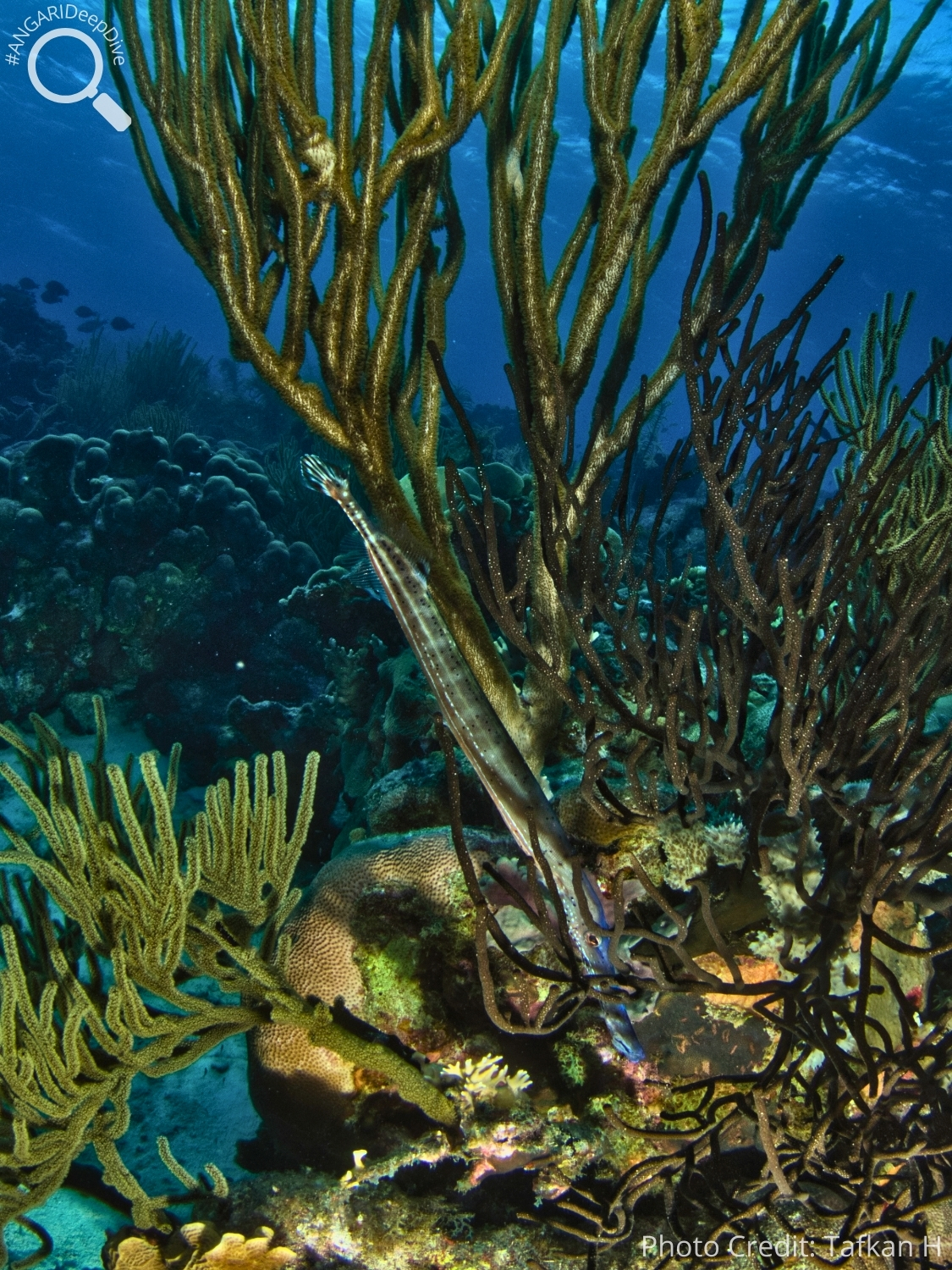
#6: The West Atlantic trumpetfish has a special snout.
What is special about a West Atlantic trumpetfish’s snout? Trumpetfish have no need for teeth on their upper jaw because they suck their prey whole into their mouths. They can open their mouths to the diameter of their body to eat their prey.
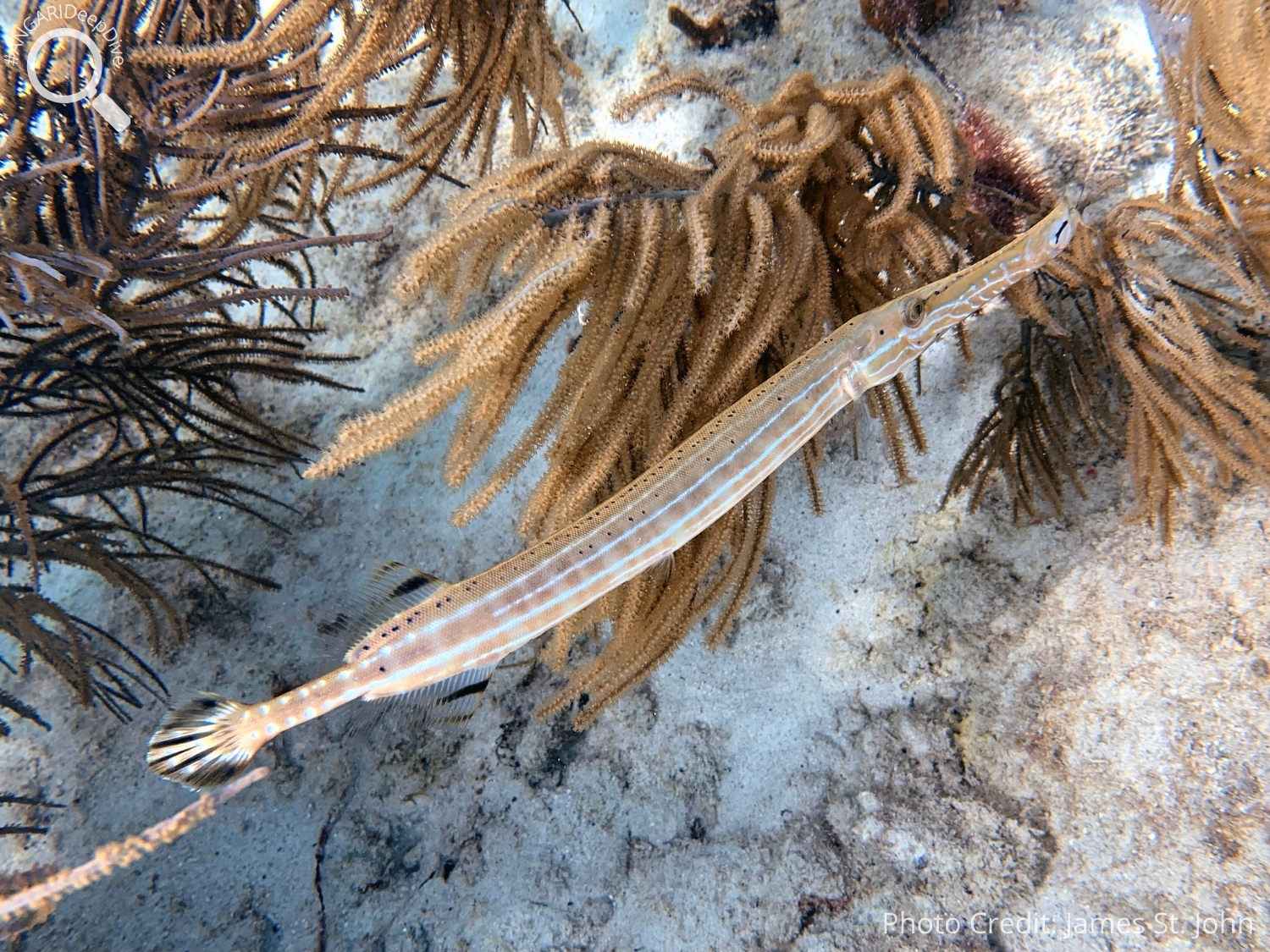
#7: Does the West Atlantic trumpetfish sleep?
Yes! West Atlantic trumpetfish sleep vertically with their snouts down next to sponges, soft coral or seagrass to help hide from predators. They have also been seen to sleep together in groups to provide protection.
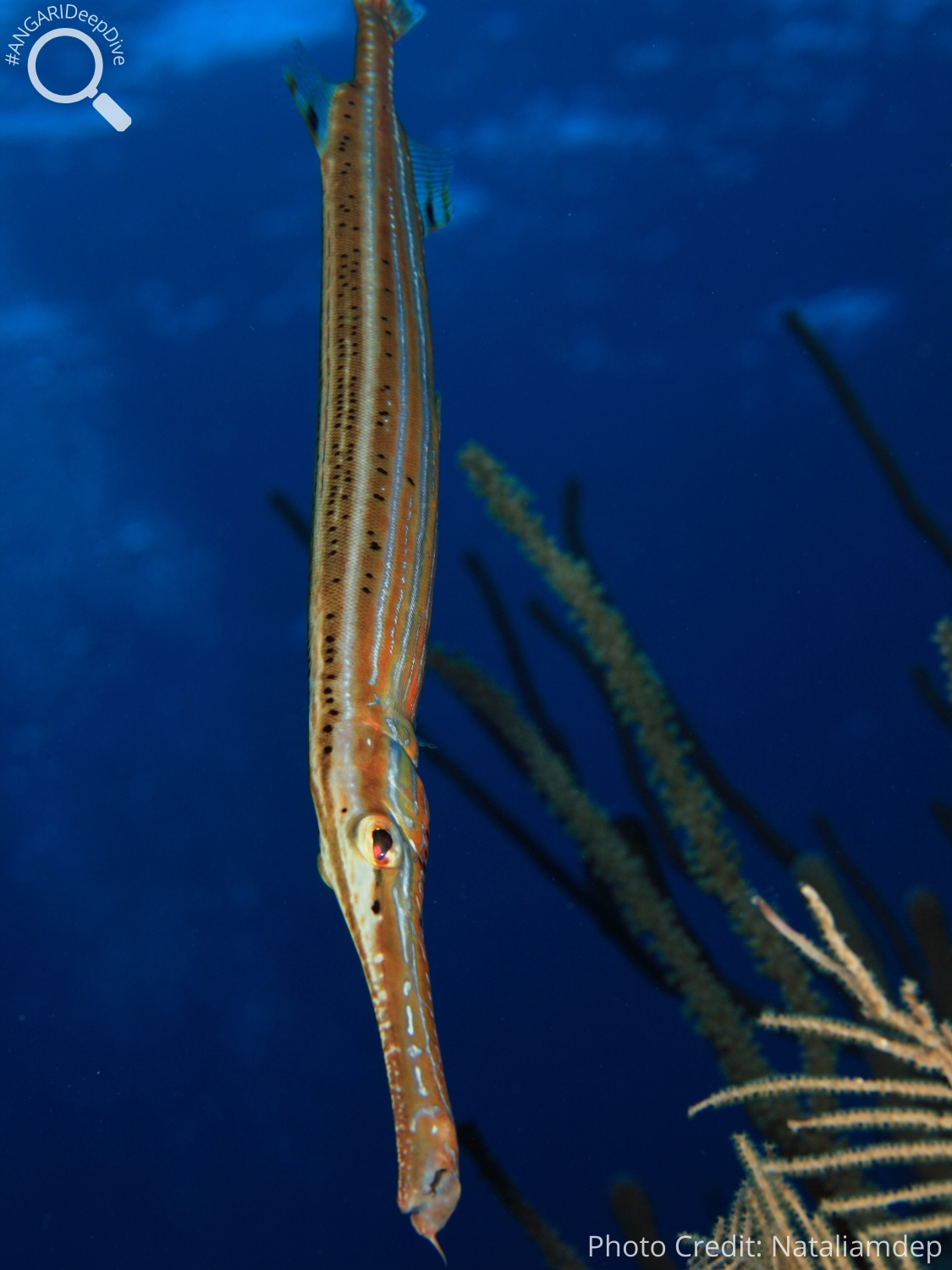
#8: What is special about West Atlantic trumpetfish eggs?
Similar to seahorses, female West Atlantic trumpetfish lay eggs and give them to a male of her choice to fertilize and protect in a specialized pouch on their stomach until they hatch.
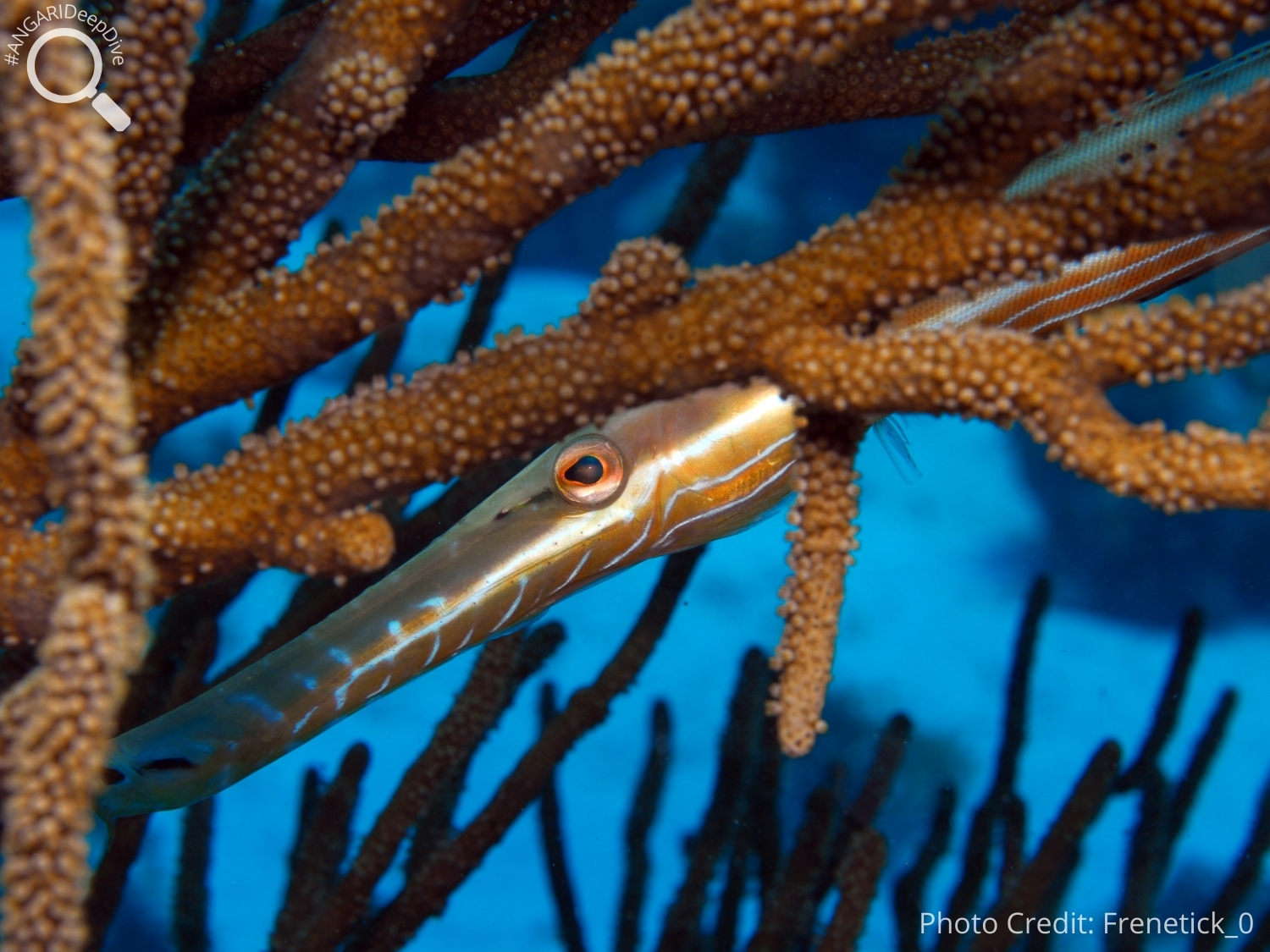
#9: West Atlantic trumpetfish have a specialized barbel.
The West Atlantic trumpetfish has a distinguished barbel at the tip of its lower jaw. This barbel is used to help taste and smell surrounding fish and prey.
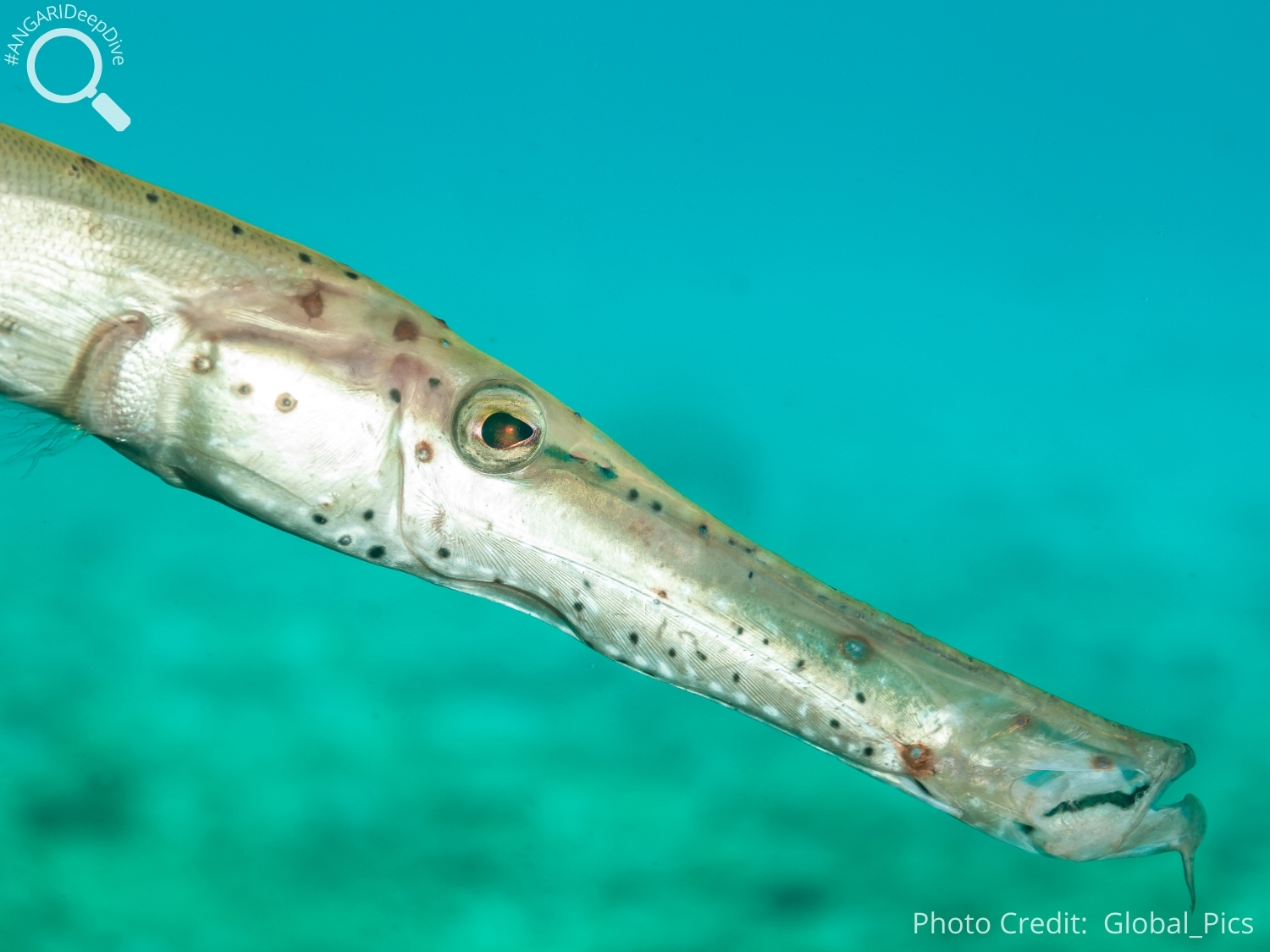
The West Atlantic trumpetfish is listed by the IUCN as a species of least concern. They are a naturally rare species, so research is not often conducted on the species, but their populations are decreasing due to a large dependence on declining habitats such as seagrass beds and coral reefs. The West Atlantic trumpetfish may not be at an immediate risk of extinction, but they play an important role in the balance of a fragile marine ecosystem and the conservation of such species is of equal importance as any.
Additional West Atlantic Trumpetfish Resources:
1. Atlantic Trumpetfish – Oceana
2. Aulostomus maculatus – Florida Museum
3. West Atlantic Trumpetfish – IUCN Red List

